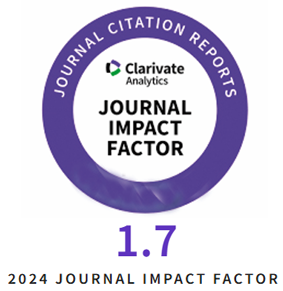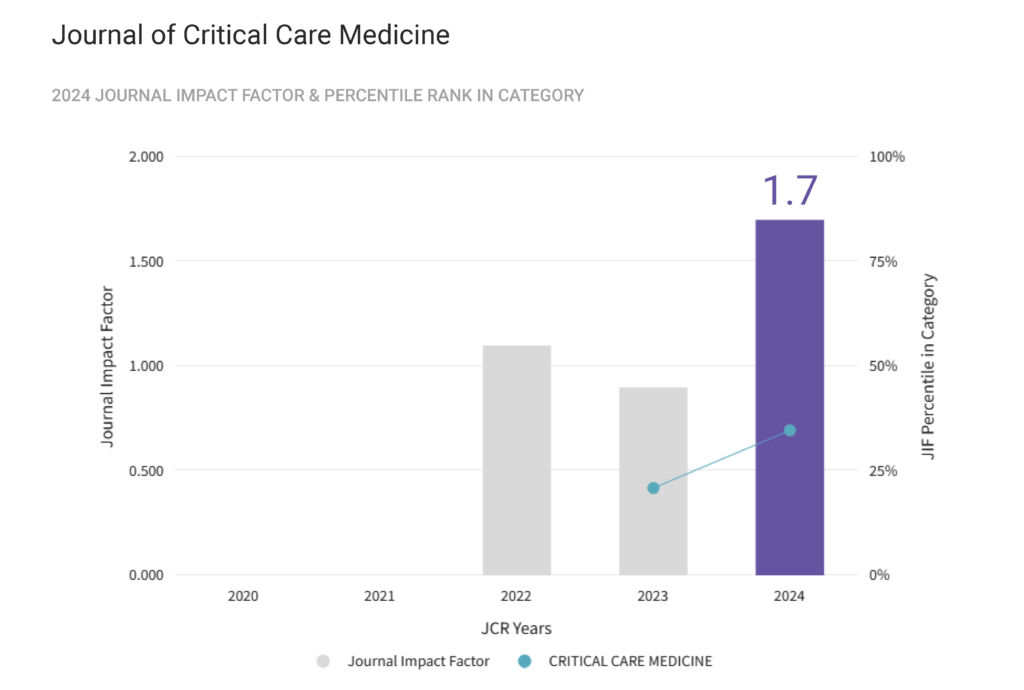Objective: This study investigated whether incidental hyperglycemia serves as an independent risk factor for myocardial infarction (MI) among non-diabetic patients in the emergency department.
Methods: A retrospective case-control study analyzed data from one thousand non-diabetic patients aged 18-85 years who visited the emergency department during January through October two thousand twenty-four Patients were classified into two equal groups based on their random blood glucose levels: patients with glucose levels above 140 mg/dL formed the hyperglycemia group and patients with glucose levels below 140 mg/dL belonged to the normoglycemia group. The analysis employed logistic regression to assess how hyperglycemia related to MI while controlling for various demographic and clinical variables.
Results: The incidence of MI was found in 61.4% of patients with hyperglycemia but only in 25.8% of patients with normoglycemia. Multivariable analysis revealed that incidental hyperglycemia increased the odds of MI by 2.42 times. The risk was higher among male patients and further increased when glucose levels exceeded 180 mg/dL.
Conclusions: Non-diabetic emergency department patients who experience incidental hyperglycemia show a high risk of developing MI. The evaluation of cardiovascular risk should begin with emergency physicians, who should consider elevated random blood glucose as a potential marker for identifying patients likely to benefit from early assessment and follow-up.
Tag Archives: myocardial infarction
Current Concepts and New Trends in the Treatment of Cardiogenic Shock Complicating Acute Myocardial Infarction
Cardiogenic shock (CS) is a critical condition which often complicates the evolution of an acute myocardial infarction (AMI). At the same time, co-existence of chronic multi-vessel disease can lead to the development of cardiogenic shock in cases with pronounced haemodynamic instability. Different clinical studies have tried to identify the most appropriate treatment for critical cases of CS complicating AMI. This review aims to present the current status of recommended therapeutic strategies for severe cases of CS presenting as a complication of AMI, and try to shed light on the most appropriate therapeutic strategy as outlined in the current literature. The paper will discuss the different current strategies available for use in the treatment of this condition, includig interventional revascularisation, (complete or culprit), the role of new devices for providing mechanical circulatory support, and the potential role of new drug therapies and of hypothermia.










